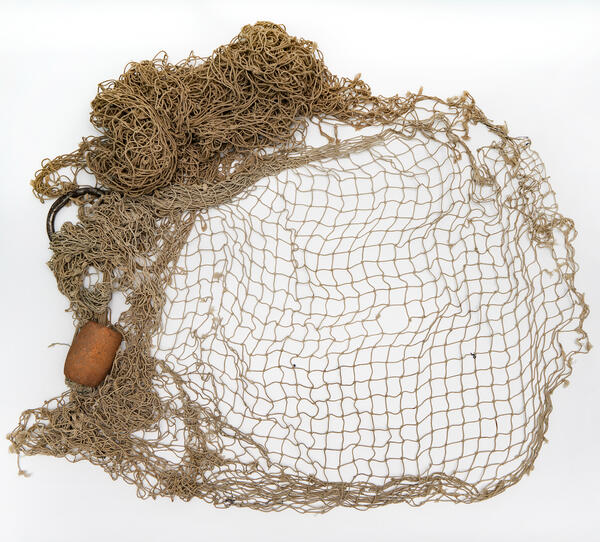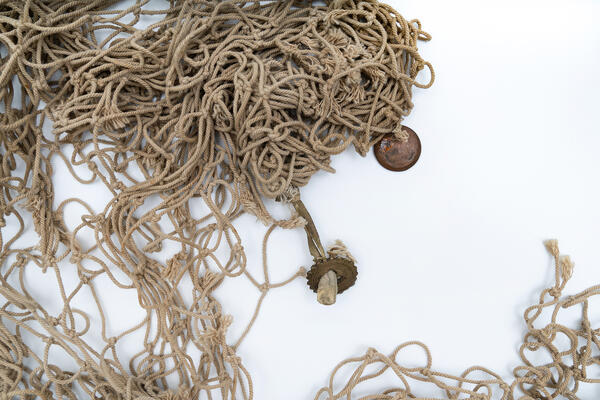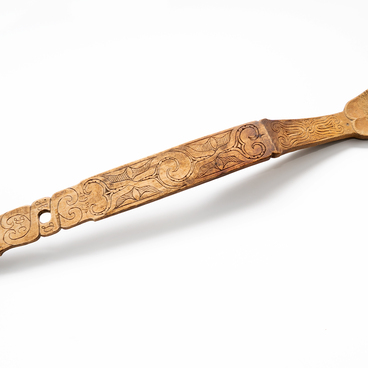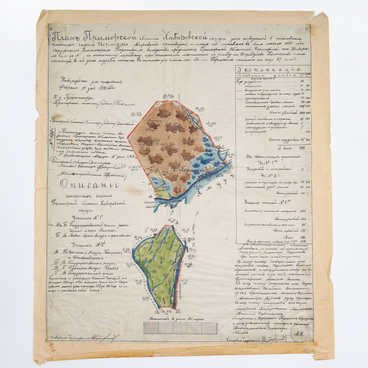The economic activity of the Nanai people, the indigenous people of the Far East, was complex. Throughout the year, men were engaged in fishing, women were engaged in cutting and harvesting fish, while children provided all possible assistance with household chores. The women also harvested yukola, dried cured fish meat, melted fish oil, collected skin separately and stored waste for feeding sled dogs and hunting dogs, of which there were up to a dozen in each family.
Before the start of the chum salmon fishing season, the Nanai people presented sacrificial food to the spirit of the owner of the house — dulin, and worshiped the spirit of the owner of the water element — tam. They brought sacrificial food to the river bank, threw it into the water and asked for good luck. It was believed that exploitative fishing was punishable by the owner of the place.






